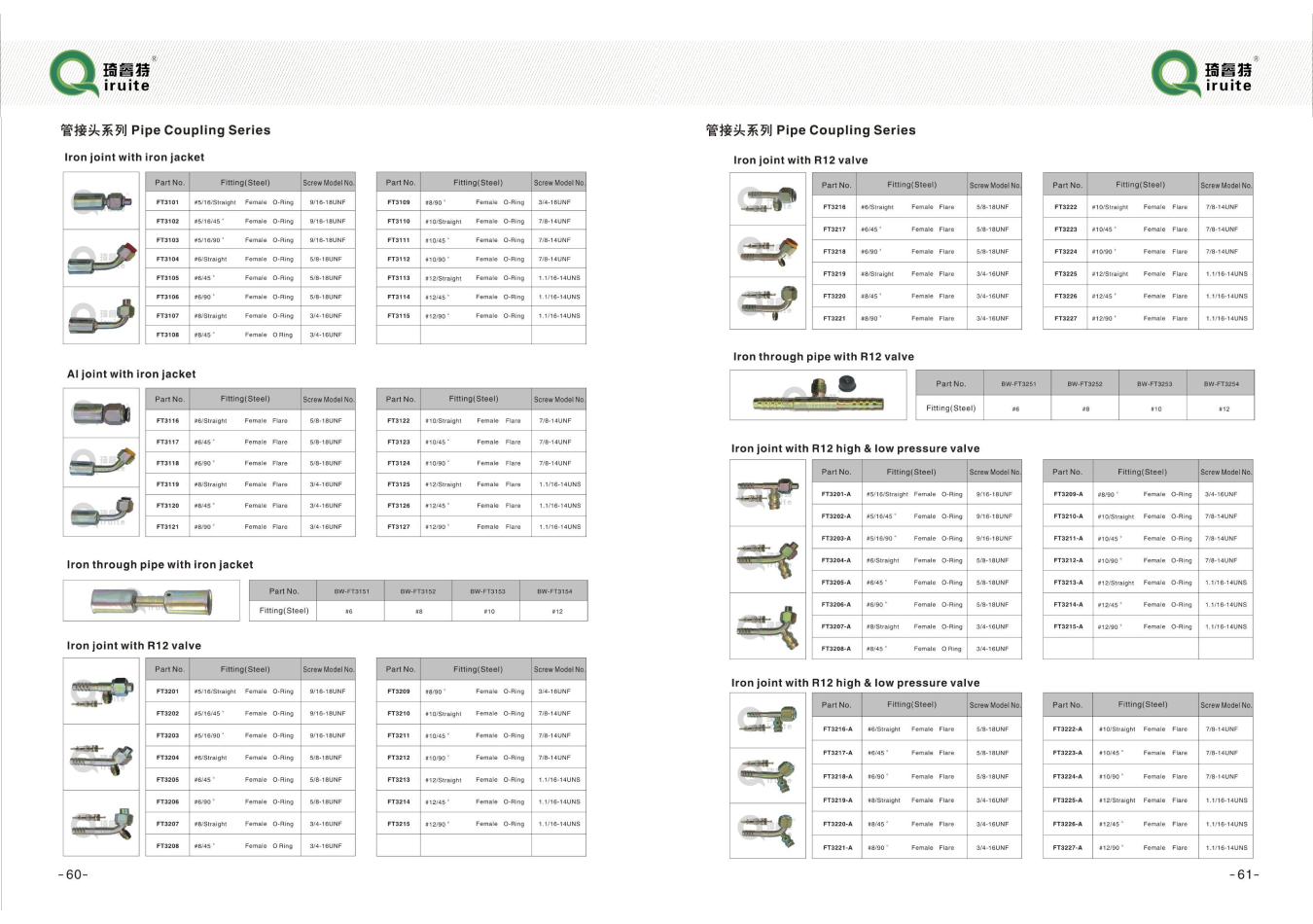car air conditioning hose repair
Car Air Conditioning Hose Repair A Comprehensive Guide
As the temperature rises, the reliance on a fully functioning air conditioning (AC) system in your car becomes increasingly critical. One of the most vital components of this system is the AC hose. Over time, these hoses can develop leaks, cracks, and other issues that can significantly impair your vehicle's cooling performance. Understanding how to diagnose and repair these problems is essential for any car owner looking to maintain their comfort during the sweltering summer months.
Understanding the AC Hose
The air conditioning system in your vehicle consists of several components that work together to cool the air inside the cabin. The AC hose plays a crucial role in transporting refrigerant between the compressor, condenser, and evaporator. There are typically two types of hoses the high-pressure and low-pressure hoses. High-pressure hoses carry refrigerant from the compressor to the condenser, while low-pressure hoses transport refrigerant from the evaporator back to the compressor.
Identifying AC Hose Issues
Signs that your AC hose may require repair include
1. Air Conditioner Not Cooling If the air blowing from your vents is warm, this may indicate a refrigerant leak often caused by a damaged hose.
2. Visible Damage Inspect the hoses for any signs of wear, including cracks, bulges, or fraying. These are clear indicators that the hose may need to be replaced.
3. Hissing or Bubbling Sounds If you hear unusual noises coming from your AC system, it might suggest a refrigerant leak, which could be originating from the hoses.
Preparing for Repair
car air conditioning hose repair

Before diving into the repair process, it's crucial to gather the necessary tools and equipment. You will need
- Replacement AC hose (specific to your vehicle model) - A wrench set - Screwdrivers - Refrigerant leak detection dye (optional) - Safety glasses and gloves - Vacuum pump - Refrigerant refill kit
Repair Process
1. Safety First Always ensure the vehicle is turned off, and the keys are removed from the ignition. Wear safety glasses and gloves to protect yourself from refrigerant and debris.
2. Locate the Damaged Hose Identify which hose is damaged by performing a visual inspection or consulting the vehicle's service manual.
3. Remove the Damaged Hose - Use the appropriate wrenches to disconnect the hose ends from the compressor and condenser. - Be cautious as some residual refrigerant may still be in the system. If necessary, you may need a certified professional to recover the refrigerant before proceeding.
4. Install the New Hose Position the new AC hose in place, ensuring it is properly aligned and secured. Reconnect it to the compressor and condenser, tightening all connections snugly but not overtightening, which could cause damage.
5. Recharge the AC System Once the new hose is installed, the system will need to be recharged with refrigerant. Connect the vacuum pump to remove moisture and air from the AC system. After reaching a vacuum, introduce refrigerant according to the manufacturer’s specifications using a refill kit.
6. Test the System Start your vehicle and set the AC to the maximum cooling setting. Monitor the system for proper operation and check for leaks around the newly installed hose. If everything is functioning well, you should soon feel the refreshing cool air circulating inside your car.
Conclusion
Car air conditioning hose repair can save you from the discomfort of a hot vehicle during the summer months. With the right tools and a bit of knowledge, many car owners can tackle this repair themselves. However, if you're ever in doubt, it’s advisable to consult a professional mechanic. Regular maintenance of your vehicle’s AC system will not only enhance your comfort but also extend the lifespan of the components involved, ensuring you stay cool for many summers to come.
-
Reliable Brake Line Solutions for Your VehicleNewsJun.05,2025
-
Quick Fix for Leaky Air Conditioning HosesNewsJun.05,2025
-
Powerful Sewer Jetting Solutions for Tough ClogsNewsJun.05,2025
-
Power Steering Hose Problems SolvedNewsJun.05,2025
-
Hose Protectors That Actually WorkNewsJun.05,2025
-
Essential Hose Connectors for Every HomeNewsJun.05,2025

